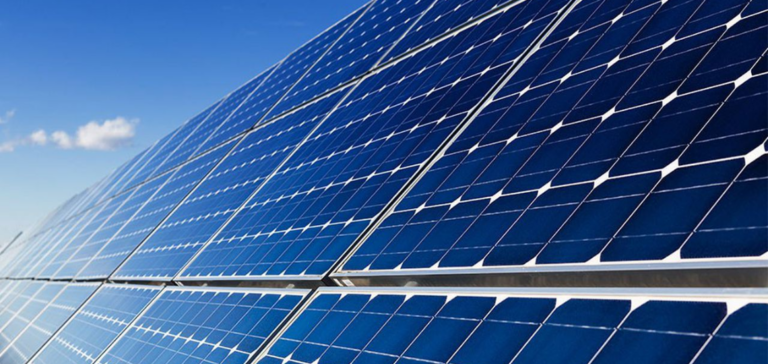The Biden administration has announced the start of a process to identify new areas for solar energy development in the western United States. This will expedite the permitting of clean energy projects on public lands to meet the goals set at the beginning of the mandate.
Obama administration’s plan for U.S. solar energy updated
The identification of these areas will result from an update of an Obama-era plan that established specific areas for solar projects in the United States. These were defined according to access to transmission, solar energy potential and protection of natural and cultural resources. The new plan will take into account technological advances in these areas, particularly for transmission.
This plan meets the Biden administration’s clean energy ambitions. Indeed, the American president wants to decarbonize the network by 2035. For this, a rapid deployment of large quantities of solar installations in the United States is envisaged.
The plan could expand to new states from the 2012 plan. These were Arizona, California, Colorado, Nevada, New Mexico and Utah. The Bureau of Land Management is currently reviewing three new projects in Arizona that represent 1 GW of capacity.
Making public lands more attractive
the task does not seem to be as easy as various energy companies have already indicated that these public lands are less suitable for solar development. The reasons stated are mainly budgetary, high implementation costs and more expensive authorizations. Therefore, the administration must address these concerns to promote the development of solar energy in the United States.
Nevertheless, stakeholders are hopeful that this plan will address these barriers to access to public land. Shannon Eddy, president of the Large Scale Solar Association, hopes that “this new process leads to more pathways for solar siting.”
Easier access to public lands is an essential step for massive deployment of solar energy in the United States and a real opportunity for many market players.





















